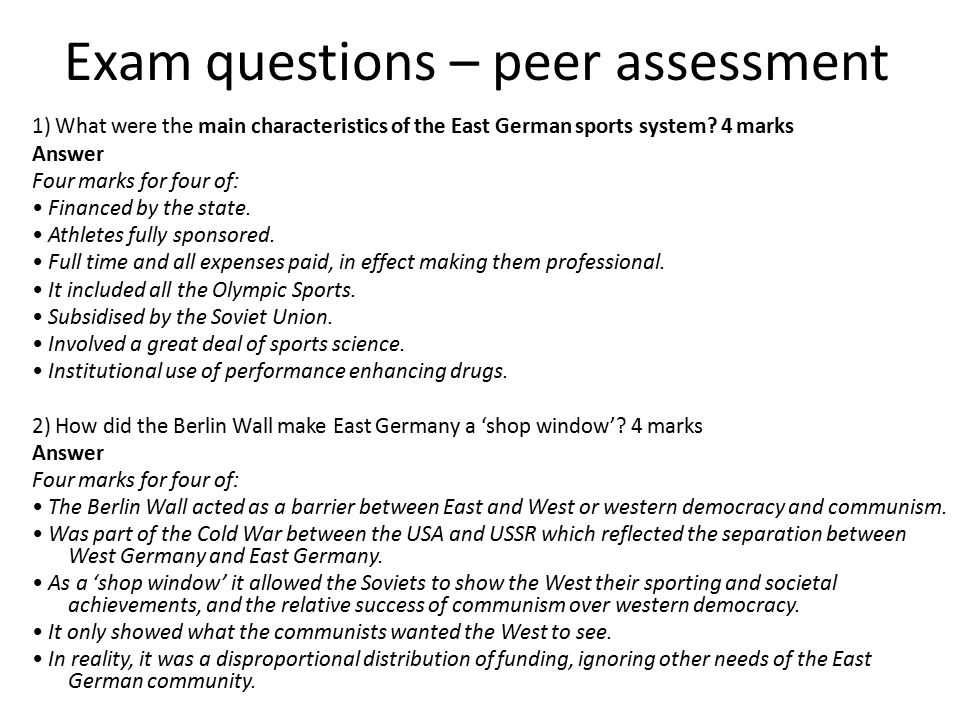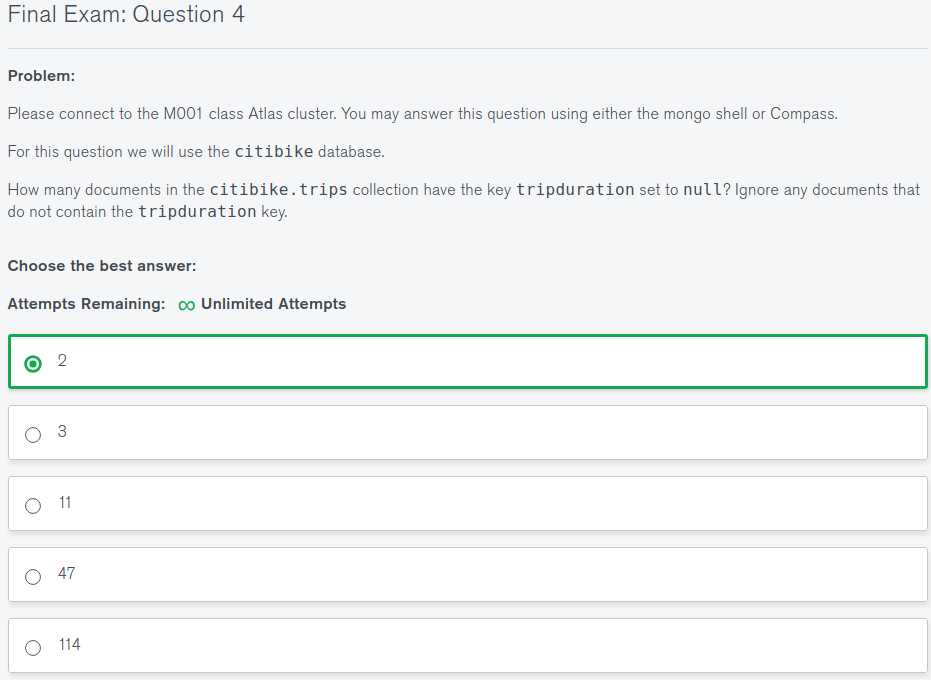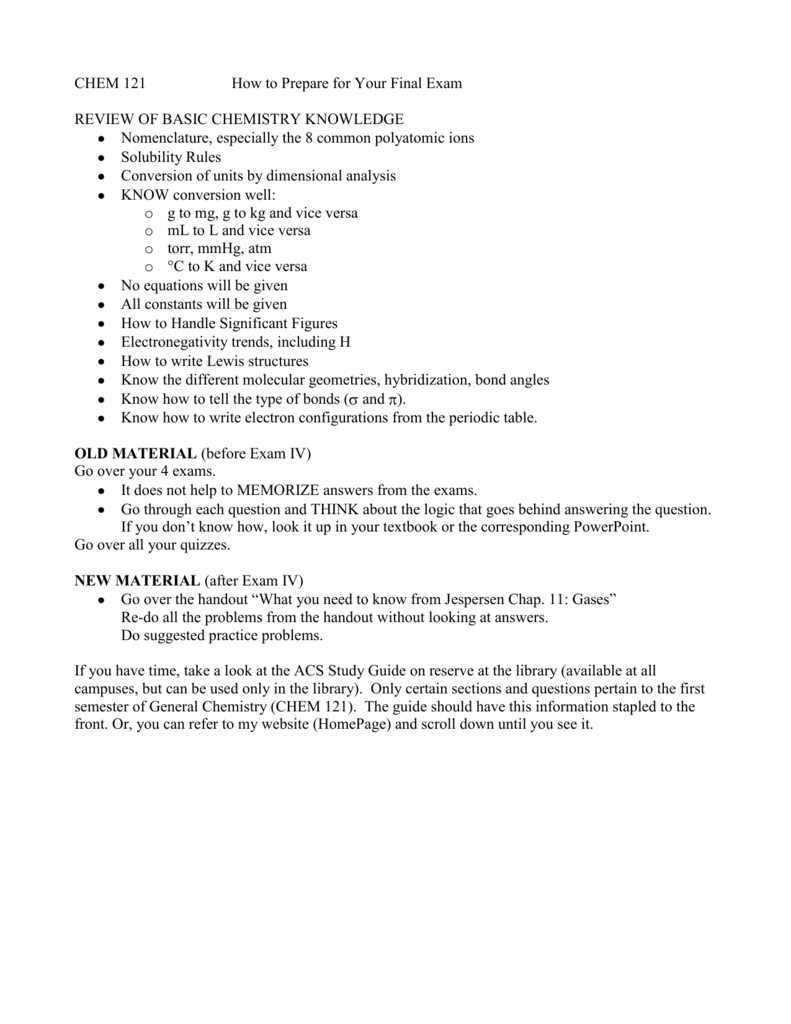
Understanding OSHA 30 Exam Key Topics

Familiarize yourself with the topics covered on the OSHA 30-hour construction course exam. Be ready for questions on hazard recognition, accident prevention, and workplace safety standards. Here are some typical questions and answers you may encounter:
Common OSHA 30 Final Exam Questions

- What does the OSHA 30-hour course focus on?
The OSHA 30-hour course for construction teaches workers about recognizing and preventing workplace hazards and following OSHA standards to ensure safety on job sites. - What is the purpose of a hazard communication program?
A hazard communication program informs workers about hazardous chemicals they may be exposed to, ensuring proper labeling, safety data sheets, and training to minimize risks. - What is required when an accident occurs on a construction site?
Employers must report fatalities, injuries, and incidents to OSHA, investigate the cause, and implement corrective measures to prevent future occurrences. - What is the role of a safety data sheet (SDS)?
An SDS provides detailed information about a chemical, including its properties, health effects, and safety precautions. It is essential for proper chemical handling and emergency response planning. - What is the most common cause of construction site fatalities?
Falls are the leading cause of fatalities on construction sites. OSHA mandates fall protection measures to prevent these accidents, such as guardrails, safety nets, and personal fall arrest systems.
OSHA 30 Exam Preparation Tips

- Review course materials regularly: Go over your study materials and notes frequently to reinforce your knowledge of OSHA standards.
- Understand key safety concepts: Focus on understanding hazard recognition, safety regulations, and how to apply them on a job site.
- Take practice tests: Practice answering multiple-choice questions to improve your test-taking skills and assess your knowledge.
- Learn from real-world scenarios: Consider how safety regulations apply to actual construction sites. Case studies can help with problem-solving in exam questions.
Final Exam Answer Key Tips
When answering exam questions, stay focused on the specific details and terms of the OSHA standards. Employers are expected to follow exact procedures, so remember the precise safety protocols in your answers.
For example, when discussing fall protection, note the different types (guardrails, safety nets, and personal fall arrest systems) and where they apply on a construction site. Being specific will help you score higher on the exam.
OSHA 30 Final Exam Questions and Answers

The OSHA 30 exam often includes questions related to hazard recognition, worker safety rights, and specific safety regulations for various industries. Focus on understanding OSHA standards, particularly those for construction, general industry, and maritime. Review your course materials on topics like fall protection, personal protective equipment (PPE), and emergency procedures.
Commonly Asked Topics on the OSHA 30 Test
Expect questions covering worker rights, accident investigation, and reporting hazards. Be prepared to identify proper safety protocols for different job sites and how to assess and mitigate risks. Topics like lockout/tagout procedures, fire safety, and electrical hazards are common in the exam.
How to Tackle Scenario-Based Tasks in the OSHA 30 Exam
Scenario-based questions require applying your knowledge to real-world situations. Review case studies or simulated accident reports to practice identifying hazards and recommending corrective actions. These questions often ask about appropriate safety measures, risk assessments, or emergency procedures. Approach them by thinking through each step of the process as you would on a job site.
Understanding OSHA Rules for the Final Assessment
The final exam will test your understanding of OSHA regulations and their application. Pay special attention to the standards related to workplace conditions and employee safety. Focus on learning the exact wording of key OSHA rules, as they often form the basis of questions in the exam.